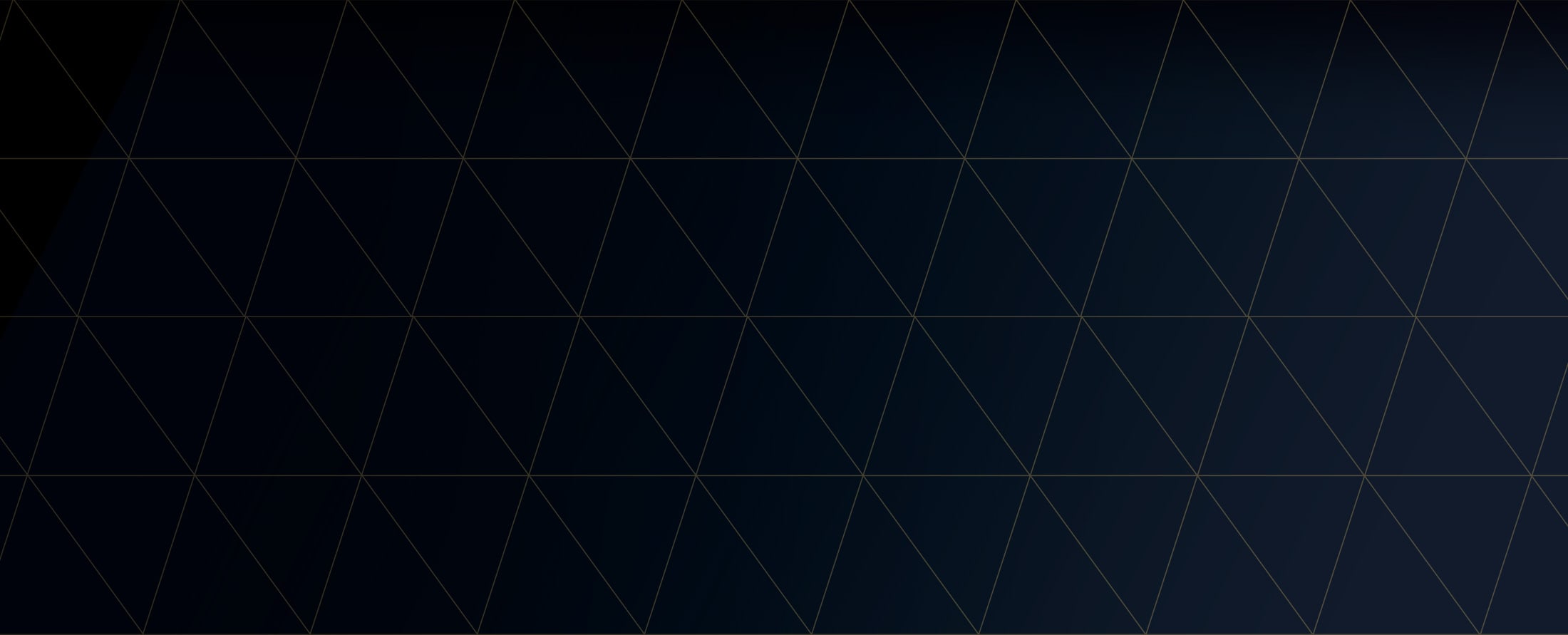
Technical Surveillance Countermeasures Live Monitoring: Who Needs It and Why?

Technical Surveillance Countermeasures (TSCM) is one of those highly sophisticated tools within the security practitioner’s toolbox. For most, it is that “odd-sized” tool that you would find toward the bottom of the box, just below the tools you use all the time. However, the times have changed, and TSCM is moving to the upper layers of the toolbox.
Theft of intellectual property, information privacy, and stalking have given rise to TSCM and its many applications.TSCM was often thought of as a high-tech process used exclusively within the government at top secret locations. But today, with the threats previously mentioned, TSCM has been firmly planted within the corporate community. Sweeps are routinely conducted for C-Suite offices, traveling executives and their hotels and transportation, and even home offices, with the increase in remote work attributed to COVID-19.
The need for privacy goes beyond the walls of the office, and the cost of a conversation regarding new business ideas, inventions, or acquisitions being overheard far outweighs the cost of the sweeps.One specific TSCM task that is discussed but often misunderstood is the ability to do live monitoring. Let’s talk about where TSCM Live Monitoring fits in.The TSCM sweep is designed to ensure an area of concern, for example, the C-Suite and adjacent areas, is free of any devices which may capture, record, or transmit information to another party. Once the technicians have established the area is free of any devices, an active monitoring station is established.
The equipment used is typically set up in a designated area, such as a conference room within the C-Suite. Initial readings are taken to establish a baseline of signal activity within that room, and then the technicians monitor the signal traffic during the meeting.In conjunction with live monitoring, policies are normally established by the meeting host that restrict attendees from bringing phones and electronic devices into the meeting space. Any “burst” or signal that occurs during the meeting is immediately captured by the TSCM technician. If the burst is an anomaly consistent with an audio-capturing or video device, the meeting would be halted, and additional measures would be taken to identify the location or cause of the burst.So, when is this level of technical surveillance countermeasure (TSCM) necessary? Corporate board meetings top the list of requests for this level of service, followed by meetings in which new product rollouts and inventions are discussed. However, TSCM and TSCM live monitoring apply to a variety of situations, ultimately determined by the client.
Related Posts

3 Risks That Highlight Why Natural Disasters Should Factor into Your Organizations’ Business Continuity Plan

Fox Bravo Overland and Red Hands Helping honor heroes with wilderness therapy out west

Digital Deception: Corporate Risks and Defenses
Let's discuss your security.
Partner with Red5 for unmatched intelligence and analysis expertise tailored to your needs.

